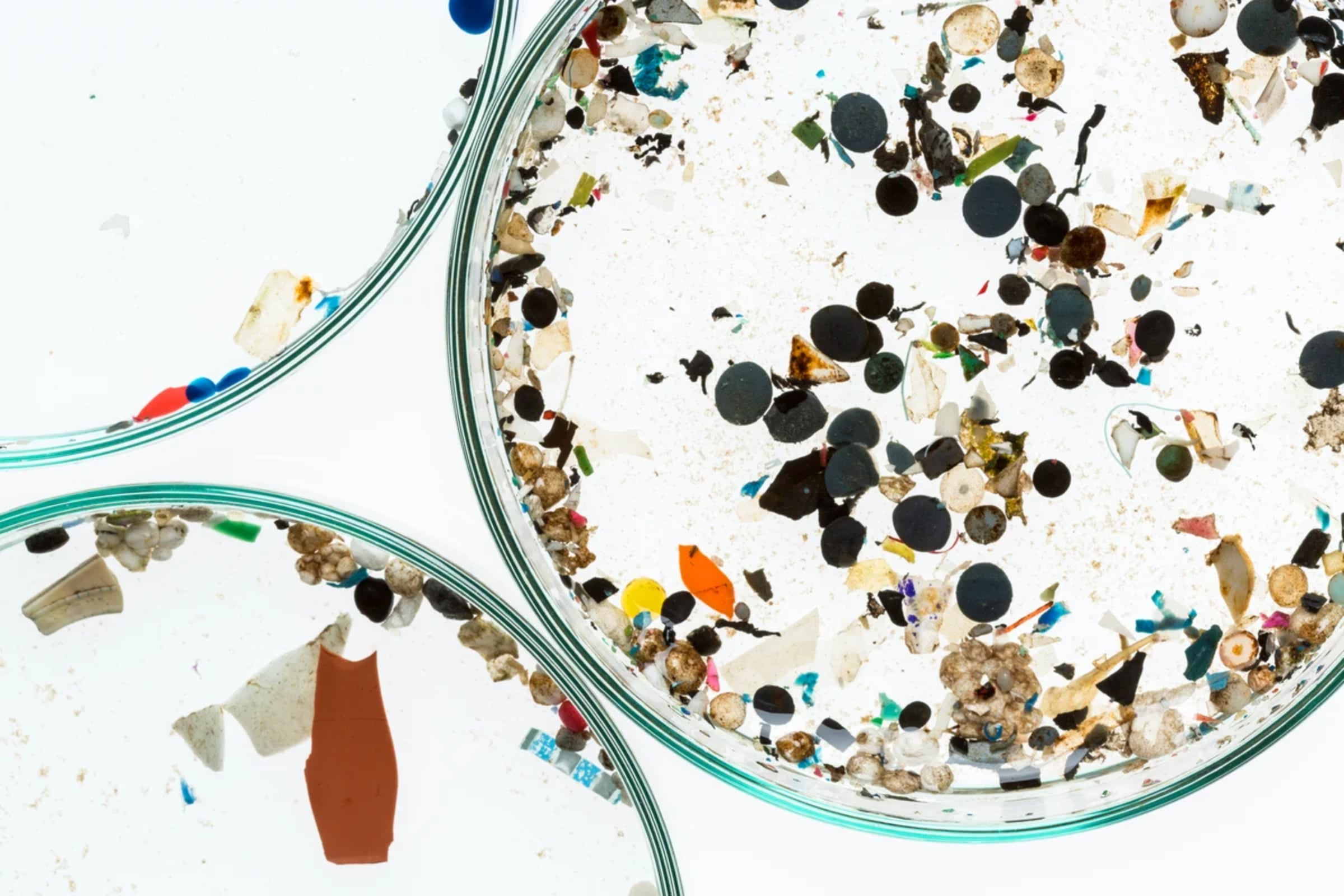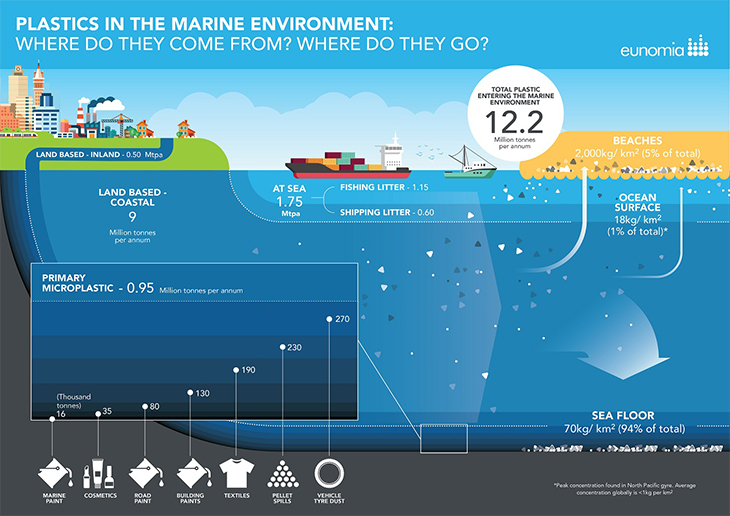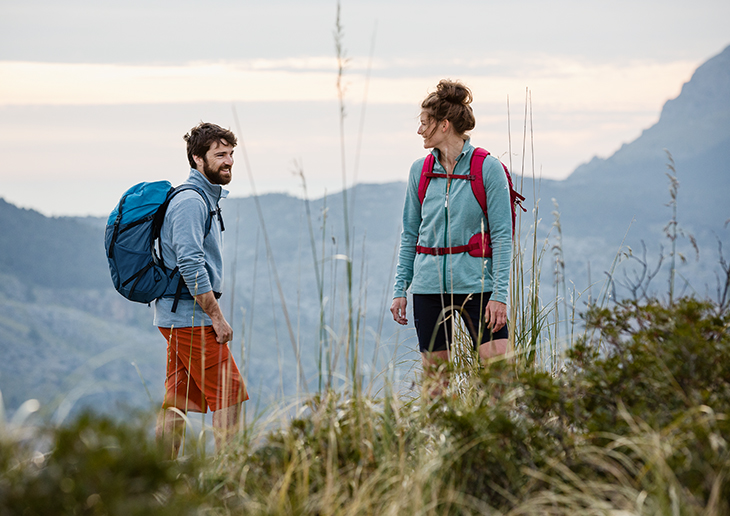Searching for Innovative Solution Approaches Against Microplastics with VAUDE

LTP have been working with Vaude and partners on an initiative to mitigate micro-plastic release into the environment
For the last three years, Vaude together with a number of partners from environmental associations, the scientific community and the textile industry have been working on a major research project called TextileMission. The goal of the project is to reduce the environmental impact of microplastics released when synthetic apparel is washed. Vaude CEO Antje von Dewitz discusses the companies motivations
“Developing products that are completely safe for the environment and for people is our top priority. We would also like to make a contribution toward solving global ecological problems such as the environmental pollution caused by plastics, which can also originate from synthetic textiles”

The TextileMission takes a multifaceted approach with established measurable objectives. One area of the project focused specifically on optimising production processes and cutting-edge assembling techniques to significantly lower quantities of micro-particles released during this stage. Within the scope of the project, this is where LTP’s expertise were required. When discussing LTP’s involvement in the TextileMission and the cross-disciplinary approach Karin Simondon, Global Sustainability Manager at LTP Group confirms
“We appreciate to be part of the TextileMission research work. At LTP we are passionate about pursuing innovation and sustainable solutions. We are always seeking to form closer partnerships with our brands as we believe that collaboration across the supply chain is necessary to make the garment industry more sustainable.”
Here, Robert Klauer project manager of textile innovation – microplastics at Vaude and designer/trend forecaster Chantell Fenton discuss the TextileMission project and the latest findings.
The Problem
According to a report published by the Ellen MacArthur Foundation, there will be more plastic than fish in the oceans by 2050, should we as a collective carry on this same trajectory. Currently millions of tonnes of plastic waste enter the ocean every year, mostly as tiny fragments, known as microplastic, which are less than <5 mm in length and often invisible to the naked eye. Microplastics come from a variety of sources, including synthetic textiles used to make apparel.
The TextileMission chose to focus on the worst offender, fleece products as outlined in the study by Bren School of Environmental Science and Management at the University of California, Santa Barbara, with industry partner Patagonia (Browne et al., 2011). Fleece has a fuzzy surface that is usually made from synthetic fibres such as polyester. Microplastic fibres are shed when the fabric is laundered and are only partially filtered out by sewage treatment plants. These microplastic often pass through the system and are released into nature. Addressing the issue head-on Dewitz states
“As a outdoor brand, we recognise our responsibility in this issue and are actively searching for solutions to prevent the shedding of microplastics into the environment"

The TextileMission’s Findings
After years of research and rigorous testing across multiple stages in the product lifecycle, the TextileMission’s first results show some promising discoveries.
Firstly more microplastic fibres are released during drying than washing. In addition, the result states larger loads release fewer particles when comparing 1.3 kg and 3.2 kg during the washing and drying cycle. Therefore optimum utilisation of the washing machine and dryer (according to the manufacturer's specifications) is not only beneficial from an energy perspective but also in reducing the particle output of textiles into the environment. Furthermore the strongest microplastic release happens during the first three washes. Dr. Jens Meyer from the Research Institute for Textiles and Clothing at Hochschule Niederrhein - University of Applied Sciences states
“This indicates that there are often still loose fibre fragments from production in the product that are only discharged during household washing"
Further testing is required but this could suggest the need for an additional prewashing or pre-drying process in production.
Secondly from a construction perspective stitch-free fleece garments release fewer microplastic fibres during the manufacturing process, compared with 4 and 3 needle assembly techniques. Welded, taped or overlap seams with lateral grooves are optimum construction techniques which could reduce shedding.
The project also looks at the development of low-emission textiles. The research focuses on finding alternatives for synthetic fleece fabrics which are one of the worst offenders for microplastic shedding and are extremely slow to biodegrade. The team developed a TENCEL® fleece from bio-based and biodegradable fibres. The fabric is the world’s first fleece with a brushed back, with fibres that biodegrade even in marine water. This material is now used by Vaude in the sustainable Green Shape Core Collection.

Let’s Drive Positive Change Together
This is just the beginning. The LTP team are excited to learn the findings from the TextileMission project. The specialists from the LTP innovation centres in Vietnam and Lithuania are poised to implement these findings and initiate further customers research to deliver on the manufacturers core values of “Care, Trust and Challenge.”
The LTP team hope to form closer partnerships with more customers to understand their challenges whilst working hard to provide solutions via the latest assembly methods, ground-breaking technologies and material innovation. If you have a project to discuss please contact Alex Ingildsen (ali@ltpgroup.com)
About LTP
LTP is a Danish owned garment manufacturer for +60 premium brands within active sportswear, outdoor, athleisure and sustainable fashion. LTP was established in 1991, and is probably the biggest Sport & Outdoor garment manufacturer in Europe with bluesign & GOTS setups in Lithuania, Belarus, Ukraine and Vietnam
LTP consists of two divisions; LTP Garment and LTP Contract Furniture producing in nine fully-owned factories.
About Chantell Fenton
Chantell is an experienced performance sportswear designer and trend forecaster, with a passion for wellness, technology and function-first design. Chantell has an in-depth knowledge of how to spot and translate the must-have trends and macro shifts for the sports and outdoor industry. For more details visit www.chantellfenton.com





.png)
.jpg)









.png)
_11-(002).png)










.jpeg)













.jpeg)
















































_newformat.jpeg)














